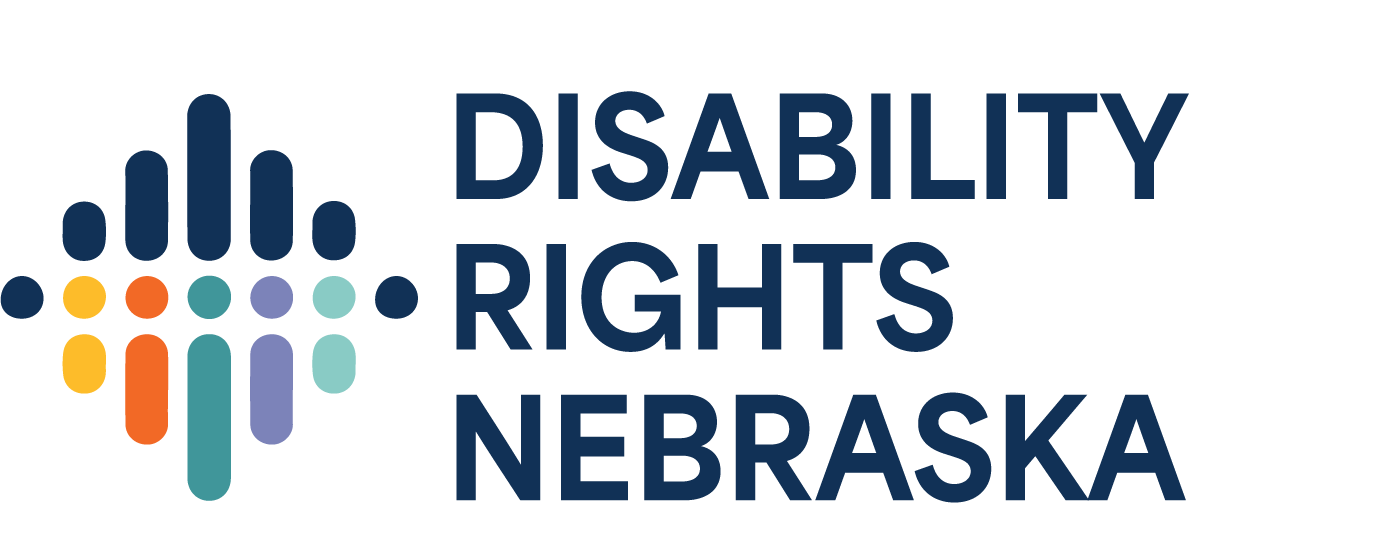November 29, 2022, marked the 47th anniversary of the passage of Public Law 94-142, initially called the Education of All Handicapped Children Act (EHA) and later renamed the Individuals with Disabilities Education Act (IDEA). Signed into law by President Gerald R. Ford on November 29, 1975, this Act ensured that children with disabilities would no longer be routinely excluded from accessing the public schools in their communities.
Starting in 1959, the federal government began offering programs and financial incentives to encourage states to educate children with disabilities. The 1959 Training of Professional Personnel Act helped to put in place special education training programs at many universities and colleges, and the 1965 Elementary and Secondary Education Act provided states direct grant assistance to help educate children with disabilities. Unfortunately, these efforts led to little change for the families of children with disabilities who continued to be denied educational opportunities. On the positive side, the Education of All Handicapped Children Act enshrined into federal law the right to a free and appropriate public education for all children with disabilities. Indeed, in 2019, nearly 7.7 million children were served under the Individuals with Disabilities Education Act[i].
In 1975, I had just completed the requirements for an undergraduate degree in psychology and decided to continue my education by pursuing teaching credentials as well. The education department faculty was all abuzz with this new law and what it could mean for teachers in general and for teachers in special education specifically. The conversations centered around special education vs. regular education with special education having a decidedly medical model focus which stressed disability identification and the treatment development with strong segregation and remediation outcomes. Now, 47 years later, the conversation has changed very little. Children with the most significant support needs spend less than 40% of their school day in general education classrooms learning with their non-disabled peers. Actual statistics reveal another truth; only 15% of children with significant support needs spend at least 80% of their day learning and reaping the benefits of academic interaction with their non-disabled peers.
The segregation of children with the most significant support needs continues despite decades of data that shows all students benefit when they are educated together in diverse classrooms[ii]. Yet segregation continues despite the incredible advances we have seen in educational practices and technology since 1975.
The cost of this continued educational segregation is significant. We finance education so that our children can become adults who contribute to the economic and political health of our communities. Yet only 19% of adults with disabilities were employed in 2021 compared to 63.7% of those without disabilities[iii] . Nebraska’s 2019 expenditure on Home and Community-Based waiver services that provide support for individuals with intellectual and developmental disabilities was nearly $375 million.[iv]. Research has shown that inclusion in general education classrooms was one of the strongest predictors of paid community employment and independent living during adulthood[v].
The passage of the Education of All Handicapped Children Act in 1975 and subsequent reauthorizations of the Individuals with Disabilities Education Act have expanded and safeguarded the right to a free and appropriate education for the children of this nation who experience a disability. However, our efforts and hard work are far from over. The pandemic demonstrated the vital role interaction among students has on academic achievement. We cannot rest until all students with disabilities are educated with their same age peers in inclusive classrooms with the supports they need to be successful.
[i] U.S. Department of Education, Office of Special Education and Rehabilitation Services, Office of Special Education Programs, 43rd Annual Report to Congress on the Implementation of the Individuals with Disabilities Education Act, 2021, Washington DC 2022. https://sites.ed.gov/idea/department-submits-the-43rd-annual-report-to-congress-idea
[ii] Hehir, T. (2016). A Summary of the Evidence on Inclusive Education. ABT Associates, Cambridge, MA https://www.nads.org/wp-content/uploads/2017/06/A_Summary_of_the_evidence_on_inclusive_education.pdf
[iii] Persons with a Disability: Labor Force Characteristics Summary. Bureau of Labor Statistics, Washington DC, Feb 2022. https://www.bls.gov/news.release/disabl.toc.htm
[iv] State of The States in Intellectual Disability, University of Kansas Center on Developmental Disabilities. https://stateofthestates.org/
[v] McDonnell, J., & Hunt, P. (2014). Inclusive education and meaningful school outcomes. In M. Agran, F. Brown, C. Hughes, C. Quirk, & D. Ryndak (Eds). Equity and full participation for individuals with severe disabilities: A vision for the future (pp. 155-176). Baltimore: Paul H. Brookes. https://aera2017.syr.edu/wp-content/uploads/2017/10/McDonnell_2014_InclusiveEd.pdf
Pat Cottingham Ed.D is the coordinator of the Inclusive Education Lay Advocacy Program at Disability Rights Nebraska. Pat has extensive background in Human Services and Education and has advocated for and with people with disabilities throughout her life. She is passionate about inclusion in education as well as in the workplace and the community and works to help build a world where everyone belongs and is welcome.

